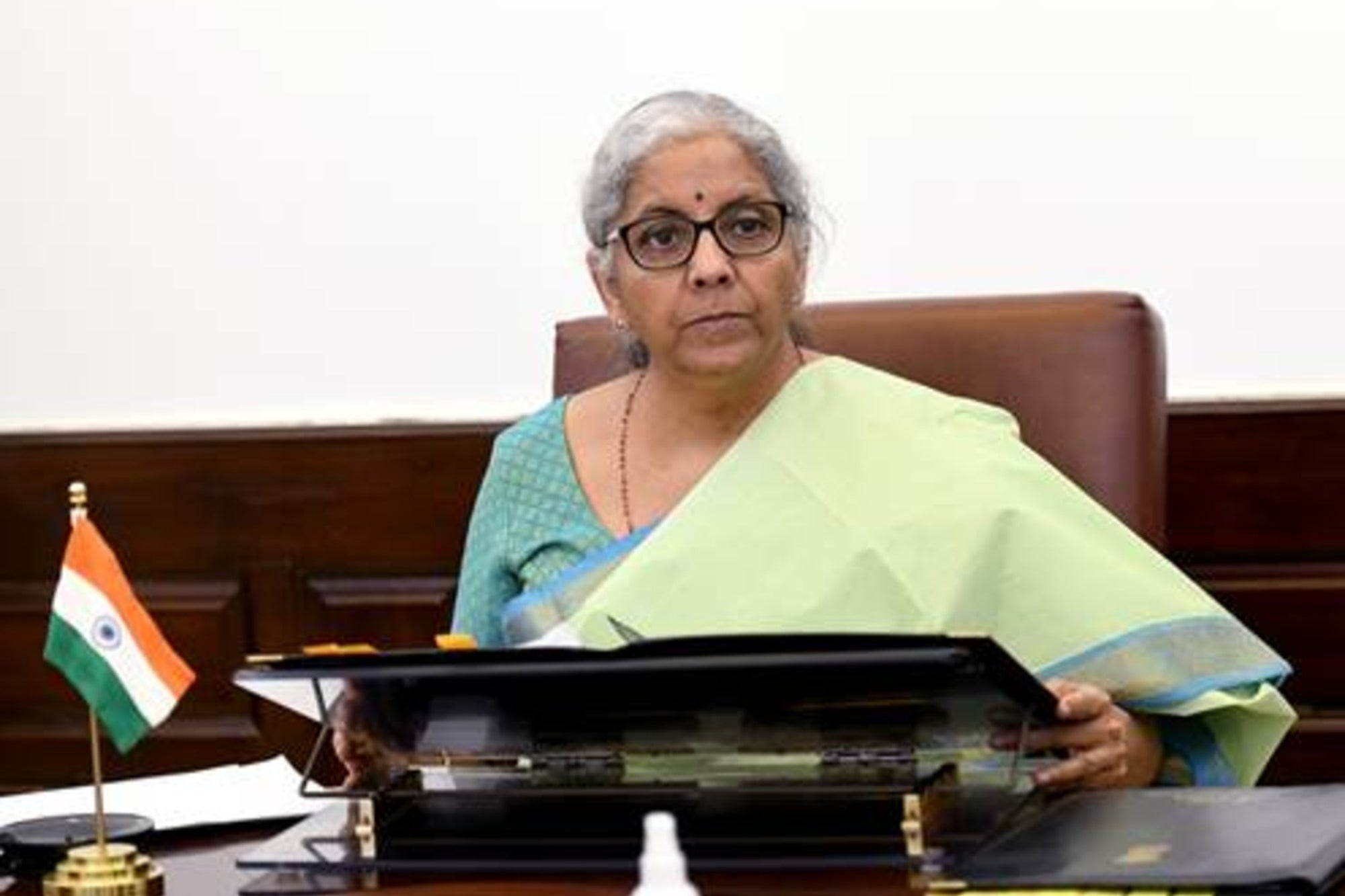Chandrayaan-3 Makes History with World's First Ever Landing on South Polar Region With Chandrayaan-3, India becomes the first nation to land in the south polar region. It also became the fourth nation to land successfully on the lunar surface, joining the ranks of the United States, Russia, and China.
You're reading Entrepreneur India, an international franchise of Entrepreneur Media.

On August 23rd at 6:03 pm, India's Chandrayaan-3 made a successful landing at the south pole of the moon.
With this, India becomes the first nation to land in the south polar region. It also became the fourth nation to land successfully on the lunar surface, joining the ranks of the United States, Russia, and China. The mission was headed by S. Somanath, Chairperson, Indian Space Research Organisation. "We have achieved soft landing on the moon, India is on the moon," he shared.
The force behind the mission includes P Veeramuthuvel, Project Director; Ritu Karidhal Srivastava, Senior Scientist, ISRO: S Unnikrishnan Nair, Director Vikram Sarabhai Space Centre (VSSC); M Sankaran, Director U R Rao Satellite Centre (URSC); Mohana Kumar, Mission Director; and A Rajarajan,Director, Satish Dhawan Space Centre SHAR (SDSC SHAR).
"On this joyous occasion, I would like to address all the people of the world. India's successful moon mission is not just India's alone. This is the year when the world is witnessing India's G20 Presidency. Our approach of "One Earth, One Family, One Future" is resonating across the globe," said PM Narendra Modi on the occasion joining live from Johannesburg, South Africa.
"We all aspire for moon and beyond", he shared.
In 2019, Chandrayaan-2's final leg failed as the 'Vikram' lander crashed while attempting a soft landing on the moon's surface due to a technical glitch. But this time ISRO scientists had learnt from their mistakes. For Chandrayaan-3, the space agency opted for a failure-based design instead of Chandrayaan-2's success-based design. This meant it focused on what all had the probability of going awry and how to prevent it and ensure a successful landing.
Chandrayaan-3 Mission:
— ISRO (@isro) August 23, 2023
'India??,
I reached my destination
and you too!'
: Chandrayaan-3
Chandrayaan-3 has successfully
soft-landed on the moon ?!.
Congratulations, India??!#Chandrayaan_3#Ch3
For this, ISRO shared that the Lander design had advanced technologies such as Laser and RF based Altimeters, Laser Doppler Velocimeter and Lander Horizontal Velocity Camera, Laser Gyro based Inertial referencing and Accelerometer package, 800N Throttleable Liquid Engines, 58N attitude thrusters and Throttleable Engine Control Electronics, Powered Descent Trajectory design and associate software elements, Lander Hazard Detection and Avoidance Camera and Processing Algorithm, and Landing Leg Mechanism in it.
As per the ISRO's website, the Chandrayaan-3 spacecraft will "measure the near-surface plasma (ions and electrons) density and its changes with time; carry out the measurements of thermal properties of the lunar surface near-polar region; ensure seismicity around the landing site and delineating the structure of the lunar crust and mantle; derive the chemical Composition and infer mineralogical composition to further our understanding of Lunar-surface, and will determine the elemental composition of Lunar soil and rocks around the lunar landing site".

Source: ISRO YouTube Live
On the occasion of this monumental breakthrough, Entrepreneur India spoke with founders of Indian space tech startups- Arpan Sahoo, COO, KaleidEO, and Pranit Mehta, VP, GalaxEye.
"When we talk of big investments, if we speak of ISRO in specific, I think we have already been more frugal than other space agencies out there. Speaking of big investments, every agency has had their own bit of learnings and failures, and that's how they've come through. Yet, the kind of confidence we are having, today the whole country standing up together and looking at this 10-15 minute span of the lander landing on the moon, that doesn't happen across. So, despite the failtures, the kind of investment we are making is far lesser than any other space agency out there," shares Pranit Mehta, VP, GalaxEye.
Arpan Sahoo, COO, KaleidEO played a part in Chandrayaan-2 mission and shares "When you talk about these kind of national mission which are not commericial in nature, in that kind of a scenario the primary support is going to be the government. So these kind of programs need to be funded and anchored by government and public infrastucture."
Chandrayaan-3 has a misson life of one lunar day i.e 14 Earth days. ISRO launched Chandrayaan-3, a follow-up mission to Chandrayaan-2, from SDSC SHAR, Sriharikota on July 14, 2023. The mission's objectives include demonstrating Safe and Soft Landing on Lunar Surface, rover roving on the moon and conducting in-situ scientific experiments.
Over seven million viewers tuned in for the live coverage by ISRO.










